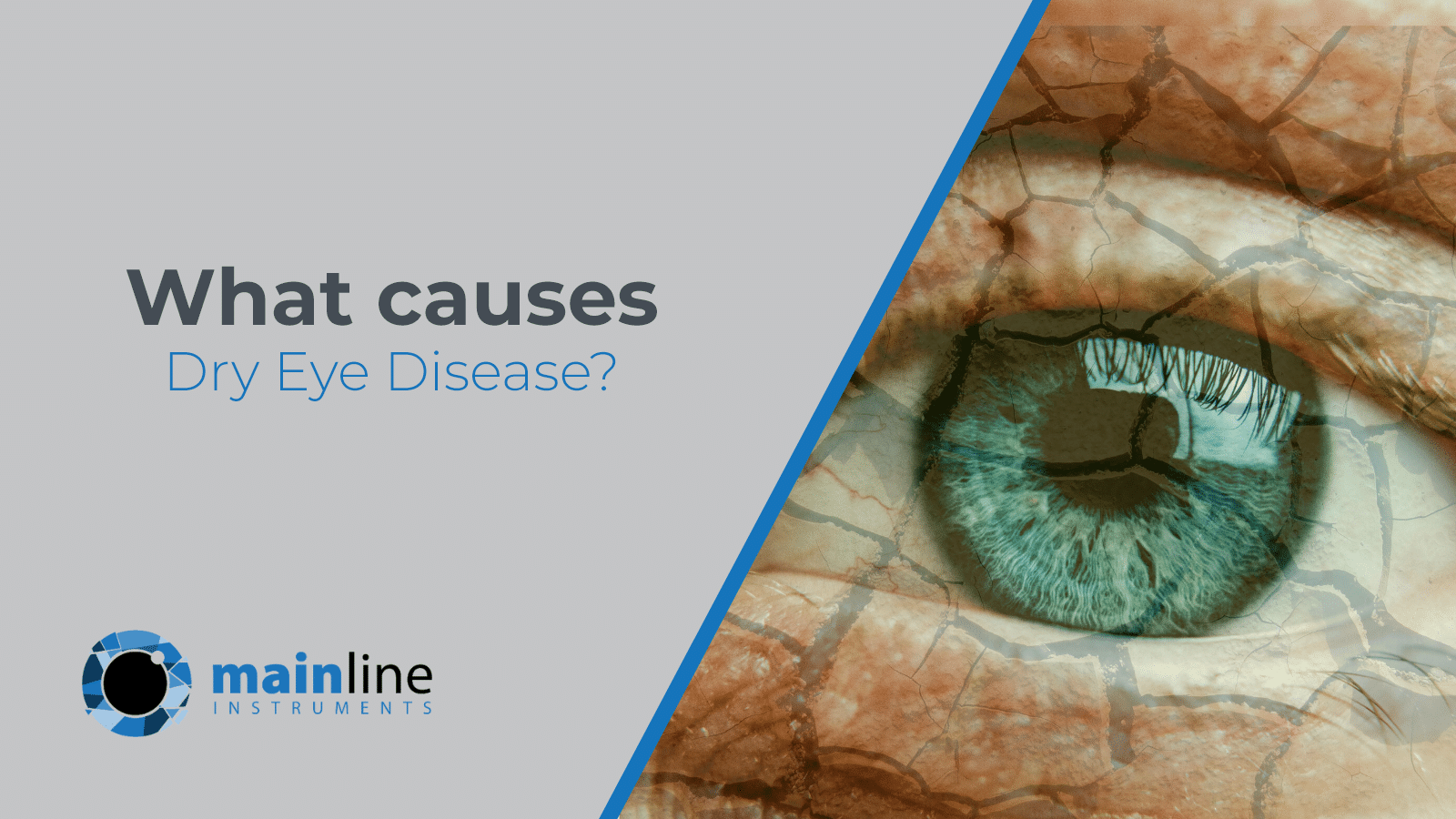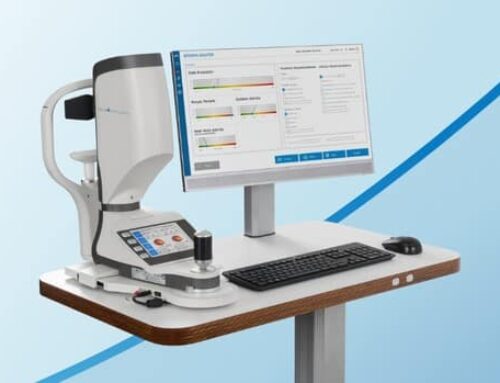Dry eye disease (DED) can be defined as a disorder that is caused by tear deficiency or excessive tear evaporation.
Dry eye if left untreated can cause damage to the ocular surface, cause tear instability and tear hyperosmolarity.
DED develops as a result of:
Aqueous deficiency – Aqueous deficiency occurs because of reduced aqueous production from the lacrimal glands[1].
Mucin deficiency – caused by a decrease in the number of goblet cells, which can correlate to a vitamin deficiency.
Lipid abnormality – tear production is adequate, but lipid–mucin interactions occur, causing dry spots.
Impaired lid function – this can affect blinking, and not blinking enough can cause DED.
Epitheliopathy – Epitheliopathy or acute posterior multifocal placoid pigment epitheliopathy (APMPPE) refers to an acquired inflammatory illness affecting the retinal pigment epithelium. It is characterised by multiple yellowish white or light-colored lesions that form in the retina[2]. Corneal scars cause the tear film to become unstable, leading to localised areas of drying.
Common causes of dry eye:
Age – caused by tear film changes over time and increased laxity of the eyelids.
Hormones – including contraceptives, pregnancy and menopause.
Contact lens wear.
Ocular surgery – particularly following laser refractive surgery (LASIK/LASEK).
Medications.
Underlying medical conditions – e.g. Sjorgren’s Syndrome.
Underlying ocular conditions – e.g. Blepharitis..
Bleph-ex treatment.
Meibomian expression.
If you are experiencing symptoms of dry eye you should go to your optometrist. Using devices such as the HDA-100 they can detect and diagnose dry eye disease in 4 minutes.
Read more about the HDA-100 here.
References:
[1] https://www.ncbi.nlm.nih.gov/pmc/articles/PMC6202299/#:~:text=Aqueous%20deficiency%20occurs%20because%20of,non%2DSj%C3%B6gren’s%20syndrome%2Drelated.
[2] https://www.news-medical.net/health/What-is-Epitheliopathy.aspx#:~:text=Epitheliopathy%20or%20acute%20posterior%20multifocal,that%20form%20in%20the%20retina.







